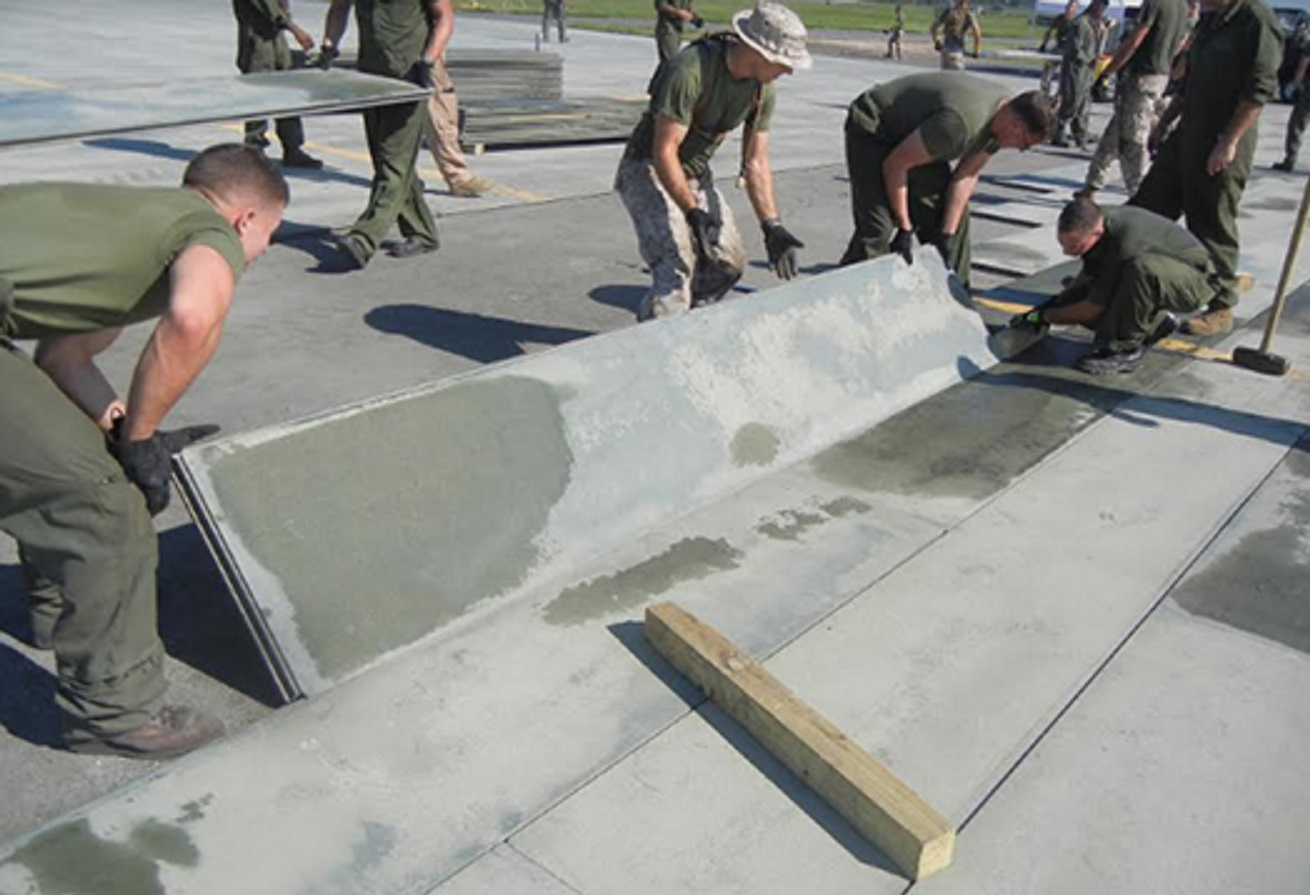
Engineers at Purdue University in the US are developing a runway mat made using metal 3D printing methods.
The mat reportedly comprises an upper surface that joins with a lower surface, containing a type phase transforming cellular material (PXCM) geometry architectured material which could mitigate anticipated loading and shear stresses, according to the University.
According to Pablo Zavattieri, a professor in civil engineering at Purdue University, who is working with Indiana Technology and Manufacturing Companies (ITAMCO) to develop the new runway mat, a portable and lightweight airfield mat must be easy to install and store, but capable of withstanding the stresses of repeated takeoffs and landings of aircraft.
‘The objective of the research is to develop a robust sheet or roll technology that serves as an alternative to the AM-2 mat for temporary or expeditionary flight operations,’ he said. ‘AM-2 matting has served the U.S. military well since the Vietnam War, but the materials and technology in the ITAMCO-led research project will offer many benefits over AM-2 matting.
‘Products made with PXCM geometry have the ability to change from one stable configuration to another stable or metastable configuration and back again,’ he added. ‘This means the new runway mat could potentially heal itself, resulting in a much longer life span than a runway made with AM-2 matting. Another benefit is that debris on the runway will not hamper the runway’s performance with our technology.’
The team says that next plans to test how the prototype can restore itself to its original contour and attain full operational capability 30 minutes after compaction.
The mat has been developed with a US$1 million SBIR Phase II grant from the US Air Force.
This story uses material from Purdue, with editorial changes made by Materials Today. The views expressed in this article do not necessarily represent those of Elsevier.






